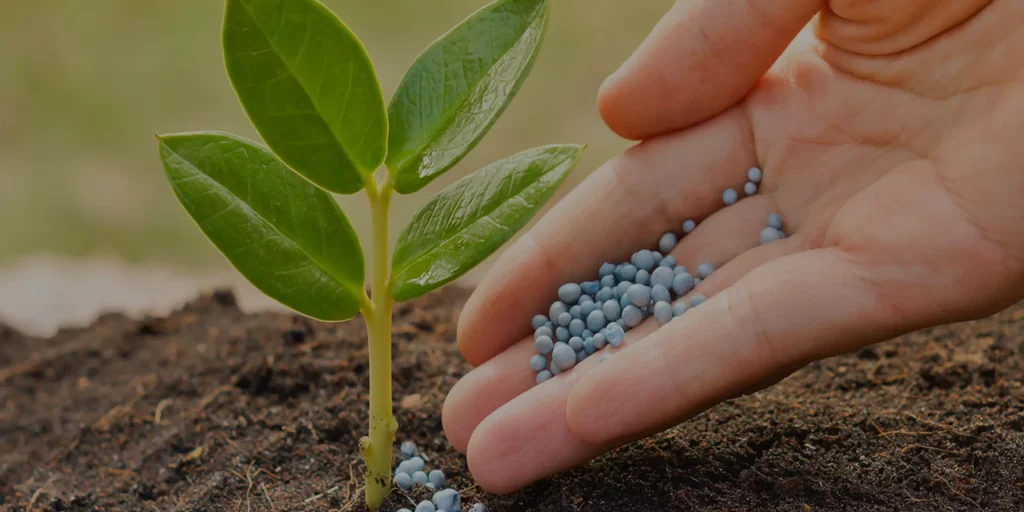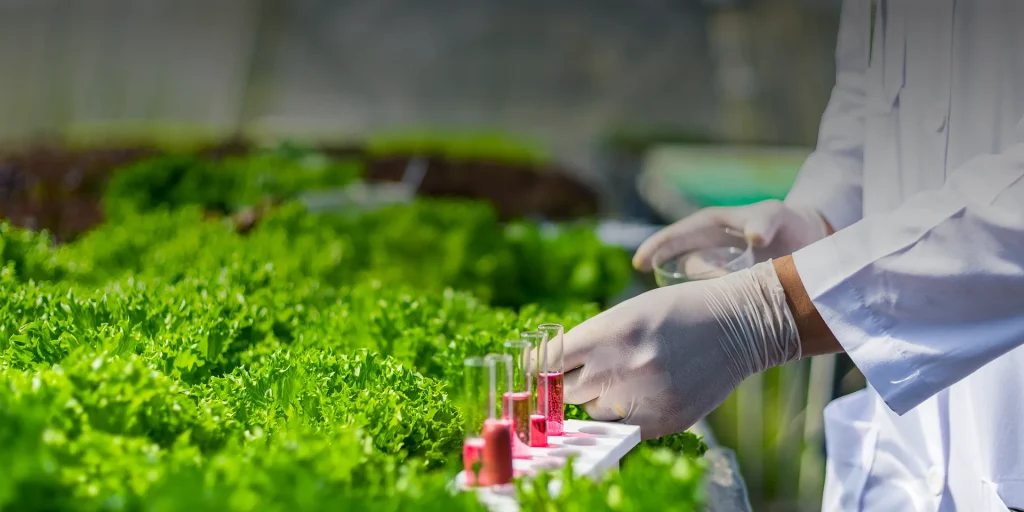Avoid your inquiry is delay response, please enter your WhatsApp/Skype along with the message, so we can contact you at the very first time.
We will reply you within 24 hours. If for urgent case, please add WhatsApp/WeChat:
Warning: Undefined variable $public in /www/wwwroot/lvfertilizer.com/wp-content/themes/hyhadmin/header.php on line 350
Warning: Trying to access array offset on value of type null in /www/wwwroot/lvfertilizer.com/wp-content/themes/hyhadmin/header.php on line 350
,. Or call
Warning: Undefined variable $public in /www/wwwroot/lvfertilizer.com/wp-content/themes/hyhadmin/header.php on line 350
Warning: Trying to access array offset on value of type null in /www/wwwroot/lvfertilizer.com/wp-content/themes/hyhadmin/header.php on line 350
directly.
Are you struggling to choose the best NPK fertilizer for your garden or crops? This guide will break down everything you need to know about the NPK ratio, how to select the right fertilizer, and why understanding NPK fertiliser is critical for plant growth and soil health. Whether you’re a home gardener or a large-scale grower, this article is packed with practical insights that will help you feed your plants the right way.
Choosing the correct NPK ratio isn’t just about buying the most popular fertilizer on the market. It’s about understanding plant needs, your soil test results, and selecting a product that delivers the nutrients required by plants in the right proportions. This article will guide you through how NPK fertilizer works, what those mysterious three numbers mean, and how to make the right choices for your garden, crops, or lawn. Plus, we’ll share tips from industry-leading NPK compound fertilizer manufacturing plants like ours.
The term NPK refers to the three primary nutrients required by plants:
N – Nitrogen: promotes leafy plant growth
P – Phosphorus: encourages root development and flowering
K – Potassium: boosts overall plant health and resistance
Together, this trio makes up the NPK ratio, a cornerstone of any good fertilizer analysis.
“The N-P-K ratio is the nutritional fingerprint of a fertilizer product. It’s how we make fertilizer specific to plant needs.” — Senior Agronomist at a global npk fertilizer wholesaler
Every type of plant needs nutrients in different proportions. A balanced fertilizer with equal parts N, P, and K (like 10-10-10 fertilizer) is suitable for general use. However, selecting the right NPK ratio ensures you’re not overfeeding or underfeeding.
| Crop Type | Ideal NPK Ratio |
|---|---|
| Leafy greens | 3-1-2 |
| Tomatoes | 5-10-5 |
| Flowering plants | 10-20-10 |
A mismatch in fertilizer ratios can lead to excessive foliage with no fruits, or worse, applying too much synthetic fertilizer, causing root burn.
The three numbers on a bag of fertilizer (like 10-10-10) represent the percentage of nitrogen, phosphorus, and potassium respectively.
10-10-10 means the fertilizer contains 10% N, 10% P, 10% K
The rest is usually organic matter or filler
Example: a 50 lb bag of 10-10-10 has 5 lbs of each nutrient
💡 Note: The N-P-K ratio of organic fertilizers is typically lower but safer and slower-releasing.

There is no universal best NPK fertilizer, but here’s a guide based on plant needs:
Vegetables: 5-10-10 (higher P for roots and fruit)
Lawns: 30-0-10 or similar (lawn fertilizer with high N)
Flowers: 10-30-20 (fertilizer to help bloom)
Seedlings: 3-1-2 or similar gentle mix
Choosing the best NPK requires matching the ratio of nutrients to the type of plant and soil test results.
| Fertilizer Type | Benefits | Best For |
|---|---|---|
| 5-5-5 fertilizer | Mild, balanced fertilizer | Houseplants, seedlings |
| 10-10-10 fertilizer | Standard all-around | Garden beds, vegetables |
| 3-1-2 ratio | Low burn risk, leaf-heavy | Herbs, foliage |
📊 According to agricultural research, fertilizers high in nitrogen are best applied in the fall for lawns, while phosphorus-rich blends boost root crops in spring.
| Feature | Organic Fertilizer | Synthetic Fertilizer |
|---|---|---|
| Made From | Natural organic matter | Chemicals |
| Nutrient Release | Slow and steady | Immediate |
| Environmental Impact | Low | Can pollute if overused |
| Example | Compost, fish emulsion | Urea, ammonium phosphate |
👨🌾 From our experience as a fertilizer manufacturing plant, organic fertilizers build long-term soil health, but synthetic fertilizers are useful for quick fixes.
A soil test is like a blood test for your garden—it tells you what’s lacking.
✅ It helps:
Identify nutrients required by plants
Prevent applying too much fertilizer
Choose the right fertilizer for your crops
Without testing, you risk choosing a fertilizer with higher nitrogen when your soil needs phosphorus.
Let’s break down types of NPK fertilizers:
Slow-release fertilizer
Easy to apply but slower absorption
Water-soluble fertilizer
Fast-acting but needs frequent application
Gradual nutrient delivery
Great for long-term garden health
Dissolves in water
Perfect for precision feeding in irrigation

💡 Tips to apply fertilizer efficiently:
Don’t add fertilizer to plants when soil is dry
Always follow the fertilizer label
Use liquid fertilizers during the growing season
Avoid dealing with fertilizer during rainfall
Match the fertilizer you use to the plant uses
Overfeeding can be as bad as underfeeding. Applying too much synthetic fertilizer can harm both your plants and the soil ecosystem.
If you’re searching for a reliable NPK fertilizer supplier, you’re in the right place.
As a trusted NPK compound fertilizer manufacturer, we produce a wide range of customized fertilizer formulations with specific NPK ratios tailored to your crops, soil conditions, and climate.
✅ Our advantages:
State-of-the-art fertilizer manufacturing plants
Customizable NPK blends (e.g., 3-1-2 ratio, 5-10-5 fertilizer)
Wholesale options for farms, cooperatives, and distributors
Fast global shipping and expert consultation
What’s the difference between 10-10-10 and 5-5-5 fertilizer?
10-10-10 has double the concentration of nutrients compared to 5-5-5, making it more potent but also riskier if overused.
When should I use fertilizer with a high nitrogen ratio?
High-nitrogen fertilizers like 30-0-10 are best applied in the fall for lawns or early in the growing season for leafy vegetables.
Is it safe to use synthetic fertilizer regularly?
Yes, but in small amounts and with proper timing. Overuse can damage the soil and plant roots.
Can I mix organic and synthetic fertilizers?
Absolutely. Many growers use a balanced fertilizer strategy by combining organic fertilizer for soil health with synthetic fertilizers for quick nutrient boosts.
How do I know the right NPK fertilizer for my garden?
Conduct a soil test, then match the fertilizer to your plant needs, whether it’s root development, flowering, or leafy growth.
Understanding your fertilizer isn’t optional—it’s essential. Whether you’re growing lush lawns, vibrant flowers, or bountiful vegetables, the NPK ratio you choose determines your success.
We’ve helped hundreds of farms and greenhouse operations select the right NPK ratio through our tailored solutions, produced in our cutting-edge fertilizer manufacturing plants.
Don’t guess. Get the right ratio. Partner with a dedicated NPK fertilizer wholesaler who understands your needs and delivers real results.